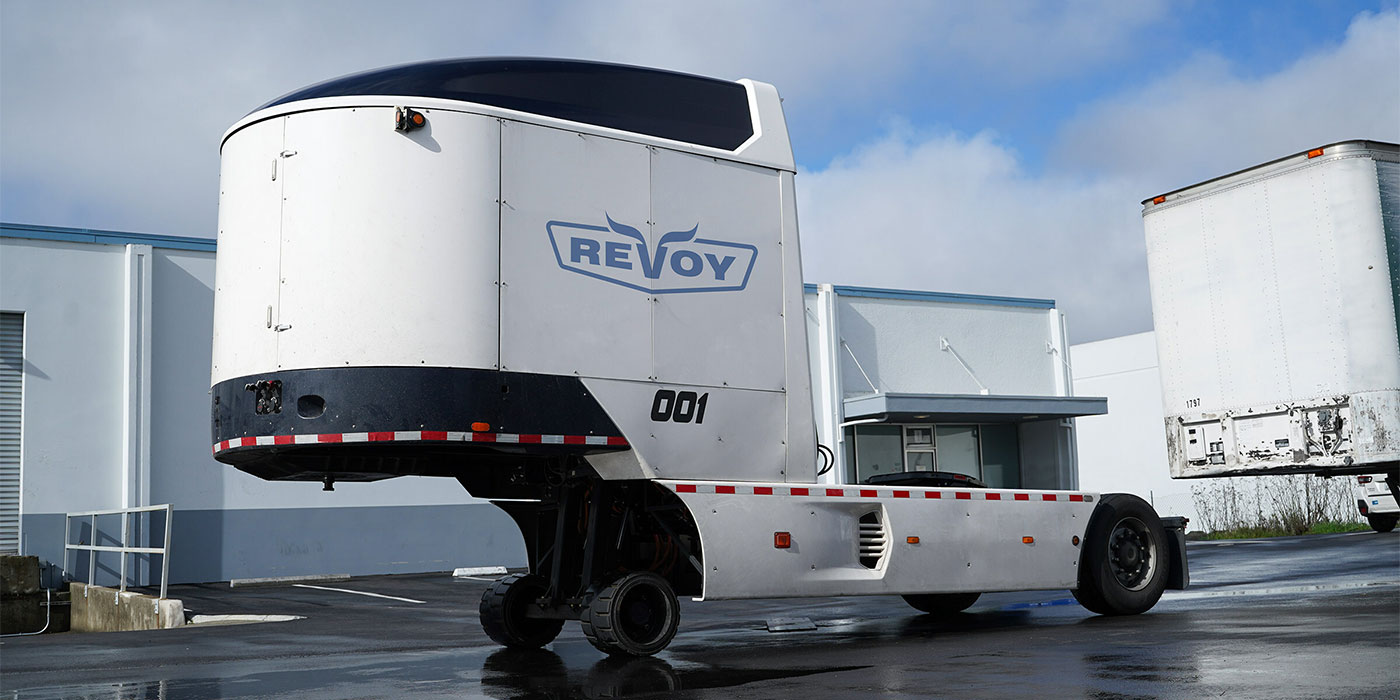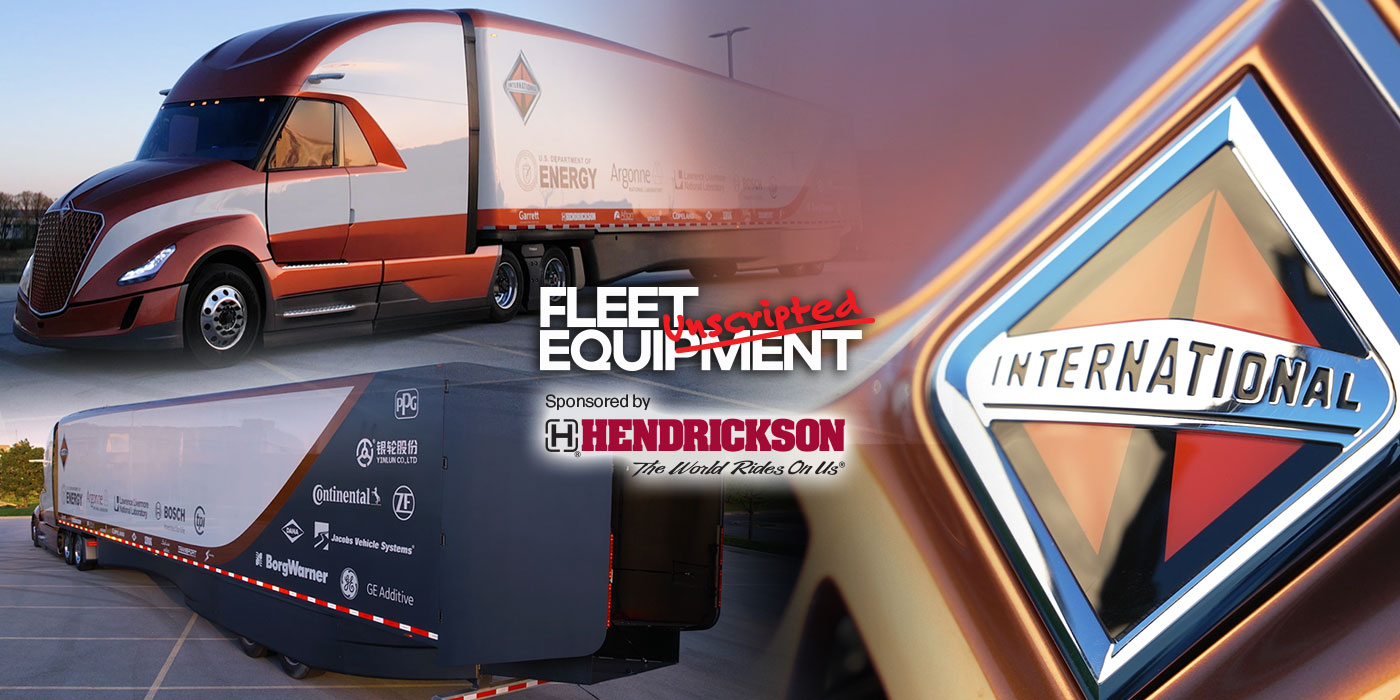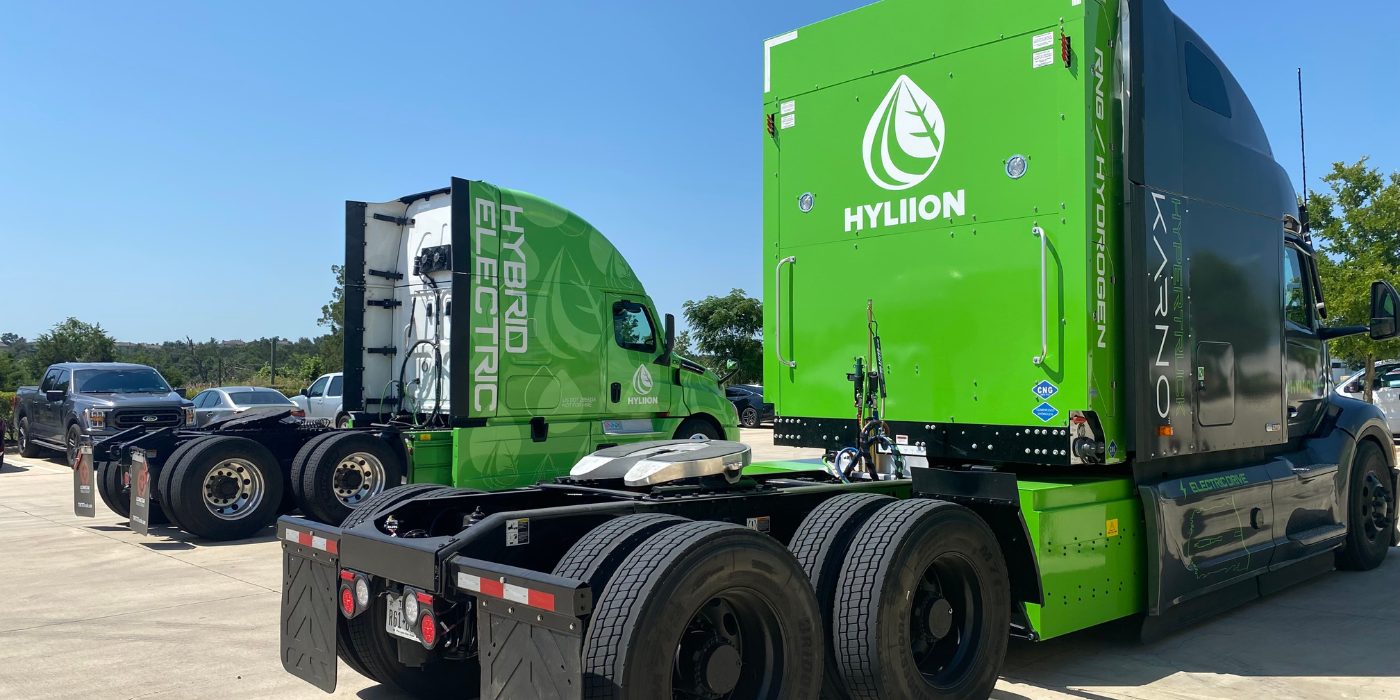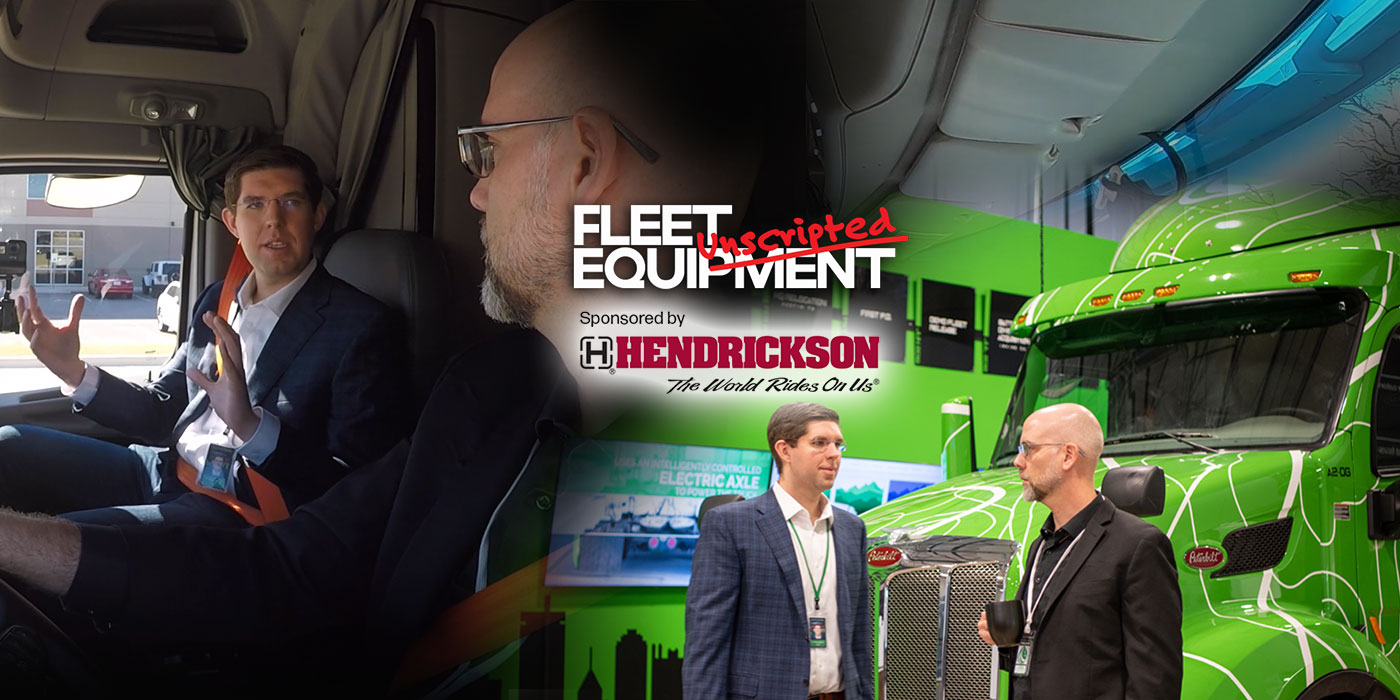At the 2015 Electric Utility Fleet Managers Conference (EUFMC), an annual educational conference for fleet representatives from investor-owned electric utilities, electric cooperatives and electrical contractors, fleet electrification was the subject of a presentation by Kellen Shefter, manager of sustainable technology at the Edison Electric Institute (EEI), an association representing investor-owned electric companies.
Providing highlights of a comprehensive report called Transportation Electrification, Utility Fleets Leading the Charge, Shefter noted that according to the U.S. Energy Information Administration, the transportation sector is the second largest consumer of energy in the U.S. and 93% of the energy consumed in transportation today comes from petroleum.
“Despite the significant opportunity to power the transportation sector with electricity,” he related, “an analysis of utility fleets by benchmarking firm Utilimarc shows only about 1.7% of the vehicles purchased by electric utilities in the last five years were equipped with plug-in technology.”
In the passenger car market, the report notes that plug-in technology is available and becoming more mainstream and that a similar transformation is occurring in the truck market in the form of plug-in hybrid electric vehicle technology in pickups and electric power take-off (ePTO) technology in service trucks.
“Plug-in technologies will continue to penetrate new sectors of the market as costs are driven down by improved technology and higher volume,” Shefter stated. “Today, plug-in technologies are available and cost-effective for a number of fleet applications. They typically have longer useful lives than conventional vehicles and the return on investment will continue to improve as the incremental cost is reduced.”
Commercial customers are increasingly turning to electric vehicles. “The top 10 electrified commercial fleets as of 2013 have 10,851 all-electric and hybrid vehicles on the road and many have ambitious goals to continue deployment,” the EEI report says. “Companies are turning to utility fleets for best practices and lessons learned regarding the acquisition and operation of electric vehicles. The key to success will be connecting with fleet leadership to learn, share information and innovate.”
(Click “Next page” to continue reading the story.)














